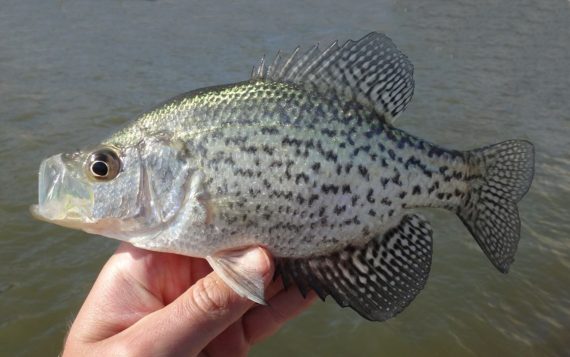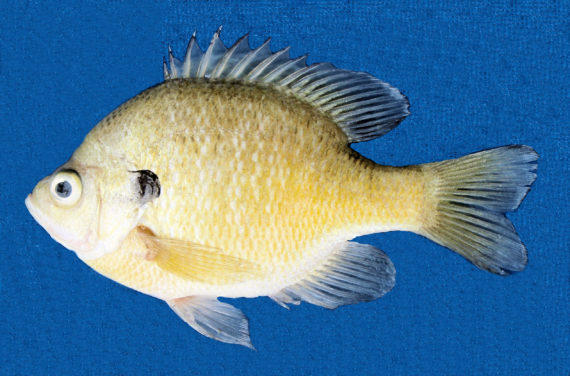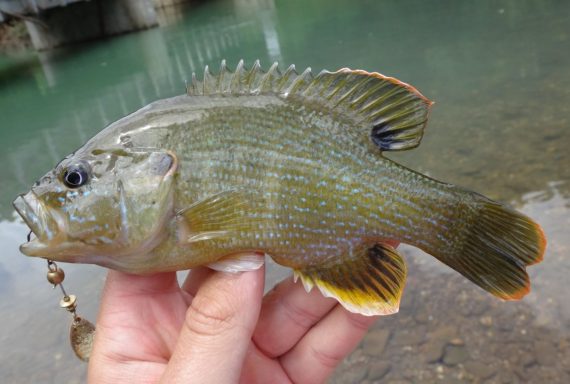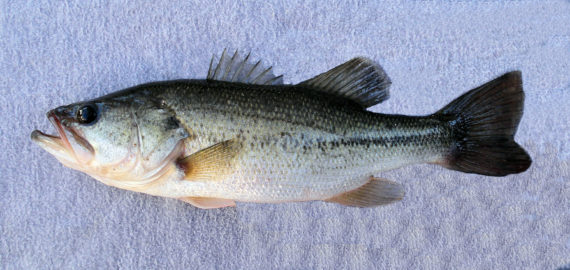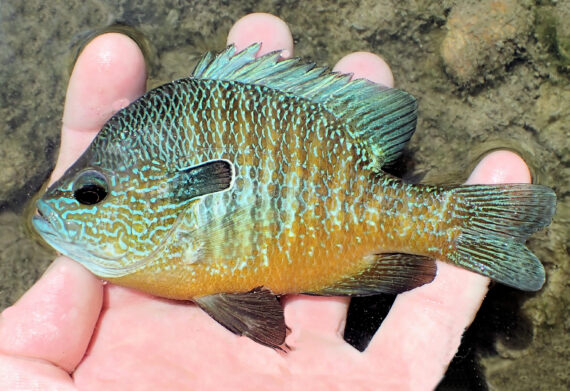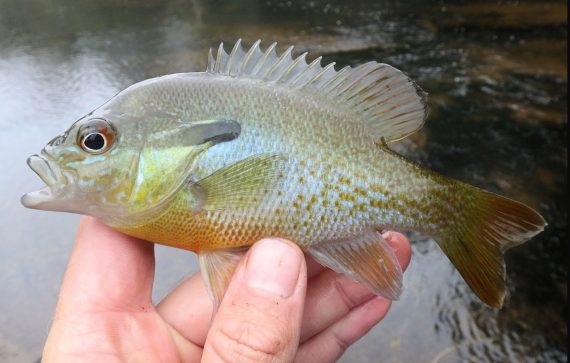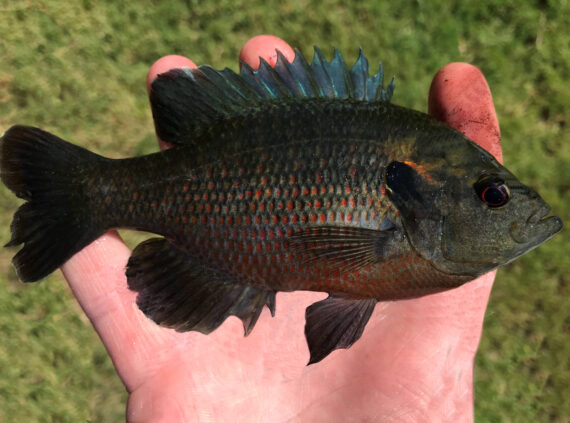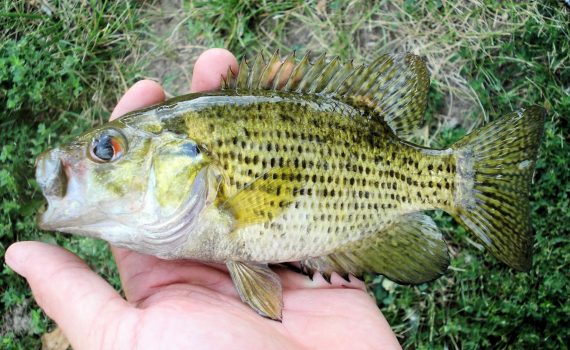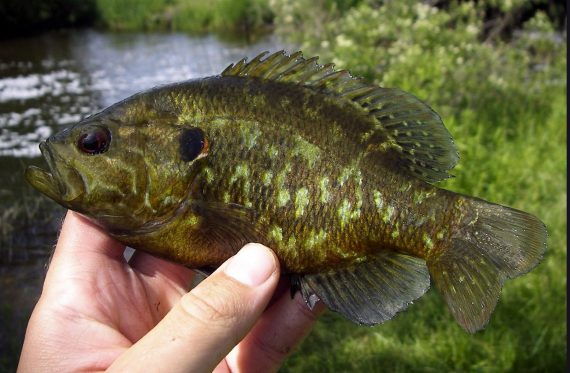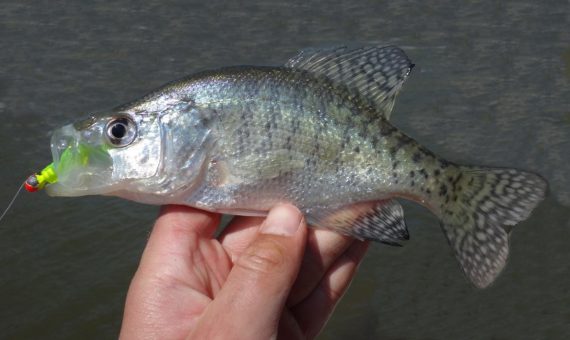Sunfish Family – Centrachidae
There are currently ELEVEN members of the Sunfish or Centrachidae Family, all from the freshwater systems of Mexico, presented in this website:
FROM FRESHWATER (11):
The fish of the Sunfish or Centrarchidae Family are known in Mexico as lobinas and native only to North America. They are a relatively small family with thirty eight species, four of which are extinct, that have been placed in eight genera. The family includes some of the most common fishes – the Bluegill, the Black Crappie, the Largemouth Bass, the Smallmouth Bass and the White Crappie. There are currently ten Sunfish, of which seven have been introduced into Mexico’s freshwater systems.
The Sunfishes have a laterally compressed body shape that provides them with a round and thin “pancake-like” appearance, 3 to 8 anal spines, and 2 fused dorsal fins with from 6 to 13 spines. They generally fit into two groups – deep or more rounded body shape and small mouths or streamlined bodies and larger mouths. All species within the Micropterus and Lepomis Genus have 3 anal spines, which distinguishes them from the other genera in the family. They have notched or slightly forked caudal fins and pectoral and pelvic fins that are located toward the front of the body. Their fins often have both soft rays and stiff spines that make them difficult to swallow and provide protection from predators. Many of these fishes are very attractive and colorful and also develop breeding colorations.
The Centrarchids are found in clear and slow-moving water in habitats such as lakes, ponds, medium to low flow rivers, streams, and swamps that are heavily vegetated. They are considered to be warm water adapted species with sizes being larger at higher temperatures and lower latitudes. Their optimal water temperature range is 28oC (82oF) to 32oC (90oF). The lethal temperature range varies widely in the family, from as low as 1.7oC (35oF) to as high as 41oC (106oF). All sunfish are carnivorous with smaller species and juveniles consuming small invertebrates (crustaceans, insects and mollusks) and small fish; larger fish feed on crayfish and fish. They vary in size from the Black-banded Sunfish, that seldom reaches 8 cm (3.1 inches) in length and only a few ounces in weight to the Largemouth Bass, that can reach 83 cm (2 feet 9 inches) in length and 4.5 kg (10 lbs) in weight. The majority of Sunfishes are nest builders that are normally built by the males along the shorelines of ponds, lakes and streams in the late spring. The females enter the nests and release their eggs which are then fertilized by the males, and then depart. The eggs and fry are then guarded by the males until they hatch. The majority of males and the majority of females mate with multiple partners.
From a conservation perspective the Sunfishes either have not been formally evaluated or are considered to be of Least Concern with stable, widely distributed populations. Most Sunfishes are valued as sportsfish and are edible but not sold commercially for food. They have been widely introduced outside their native ranges, including their current invasion of Mexico, for recreational fishing, with many becoming highly invasive and posing a great threat to native species. Their northerly advancement has only been curbed by cold water temperatures in which they cannot survive. They are utilized by the aquarium trade on a limited basis and in ecological and physiological experiments. They date to the Tertiary Lower Eocene period 34,000,000 to 48,000,000 years ago.
